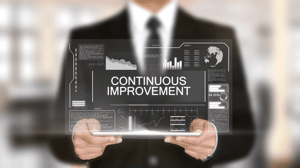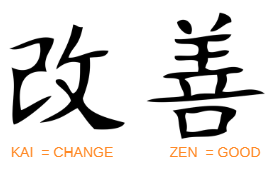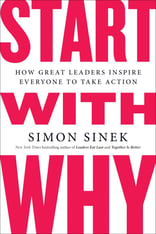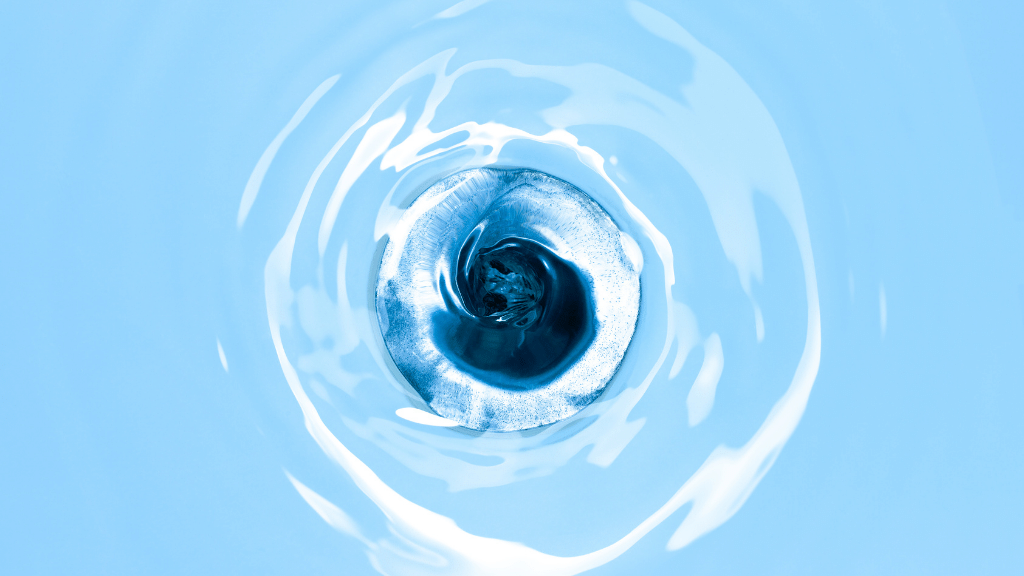What is the problem...with your Continuous Improvement?
 It is easy to get excited about how continuous improvement tools (Lean Six Sigma) can be used to bring about tangible benefits for our organisations, because in most cases those tangible benefits can be quantified.
It is easy to get excited about how continuous improvement tools (Lean Six Sigma) can be used to bring about tangible benefits for our organisations, because in most cases those tangible benefits can be quantified.
On the other hand, we can easily forget that the essence and overriding purpose of Continuous Improvement is to develop people through involving them in the improvement of work and processes. This is considerably more difficult to quantify, because for any given organisation the people are evolving on a daily basis, and consequently the success from developing their capability is inherently more difficult to measure.
So, what is the problem we are trying to solve with our Continuous Improvement program?
At the centre of any successful and sustainable continuous improvement culture built around Lean principles, we will find a scientific approach to improvement using a process like Plan, Do, Check, Act or PDCA. PDCA provides a combination of the scientific discipline of experimentation and the process of reflection. In this way, the daily use of PDCA supports the culture of enquiry which continually asks “How can we do this better?” So, PDCA becomes a critical component of the “Learning Organisation”.
Experimentation becomes the first primary mechanism for practical learning, where the organisation uses its “processes as laboratories and its employees as scientists.” * Every improvement and every problem solved leads to more learning, more capability and, consequently more improvements. The second important element of the learning environment is “reflection” based on real experiences. This could be using Hoshin Kanri to reflect on the last 12 months of business performance and checking your 'why', or using a tool like After Action Review to examine the effectiveness of a kaizen event or a meeting, or spending valuable time in the process talking to our frontline people about how their process is performing and what improvements they are working on.
The second important element of the learning environment is “reflection” based on real experiences. This could be using Hoshin Kanri to reflect on the last 12 months of business performance and checking your 'why', or using a tool like After Action Review to examine the effectiveness of a kaizen event or a meeting, or spending valuable time in the process talking to our frontline people about how their process is performing and what improvements they are working on.
These two elements are important as they also ensure strategic alignment. Even Simon Sinek reinforces the importance of alignment by ensuring everyone in the business knows your 'why' **.
So here is my question to you - What is the problem you are trying to solve with continuous improvement or Lean in your business? Is your Lean program focused on developing people or is it stuck on the tools?
 * Flinchbaugh and Carlino. The Hitchiker’s Guide to Lean
* Flinchbaugh and Carlino. The Hitchiker’s Guide to Lean
** Sinek. Start with Why
For further information, contact Efficiency Works

.png?width=190&name=IPA%20Logo%20Transparent%20(Hi-Res).png)

.png)


